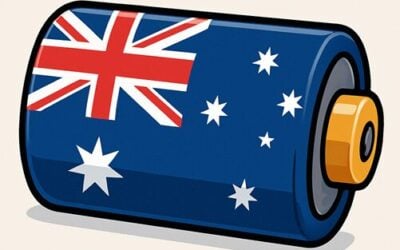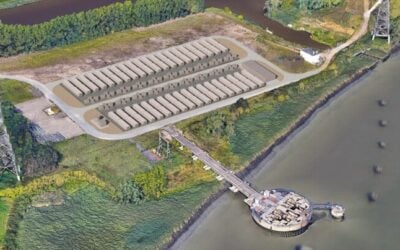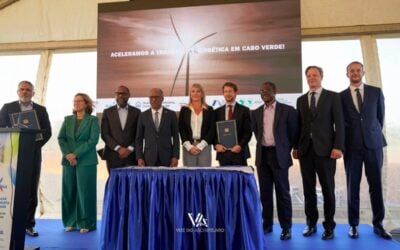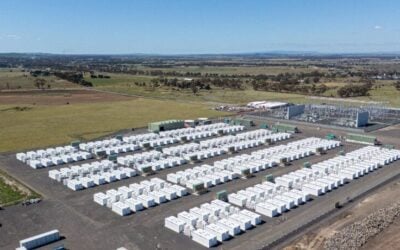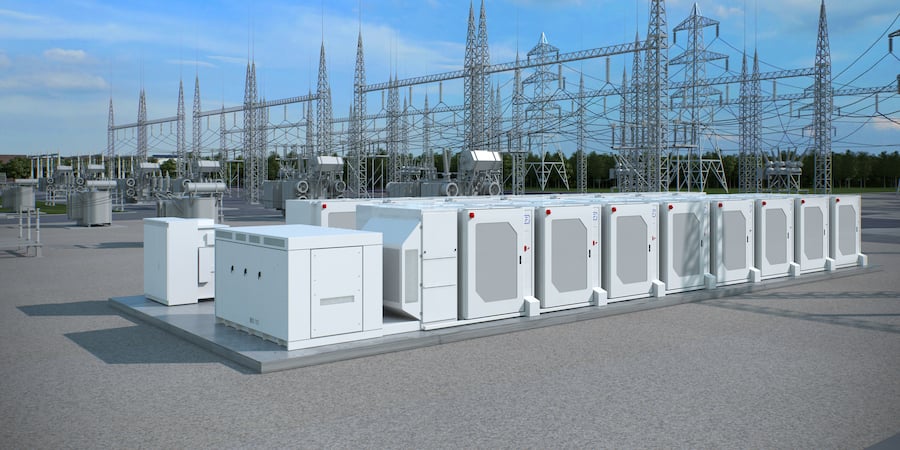
Fluence will deploy Lithuania’s first grid-scale battery project, aiming to prove the advantages of using batteries as an alternative to building out expensive transmission infrastructure.
The energy storage technology provider and system integrator said in a release yesterday that it will work in partnership with Lithuania’s transmission grid operator (TSO), Litgrid as well as with engineering company Siemens, which part-owns Fluence, on a proof-of-concept (POC) 1MW system to show that battery storage could help Lithuania achieve a number of aims as it seeks to modernise its electricity network.
“As the Lithuanian TSO, we are in a unique position. As others, we also face the challenges of the shift to renewable energy, but at the same time we are doing a synchronisation project, which is the switch from our current operation in the post-Soviet grid to an independent cooperation with our partners in Europe,” Litgrid’s CEO Rokas Masiulis said.
Lithuania also heavily relies on electricity imports. All of these different factors combine to mean that Litgrid has to “be bolder and seek innovative solutions: that’s why we are looking at battery energy storage at the transmission level,” Masiulis said.
Try Premium for just $1
- Full premium access for the first month at only $1
- Converts to an annual rate after 30 days unless cancelled
- Cancel anytime during the trial period
Premium Benefits
- Expert industry analysis and interviews
- Digital access to PV Tech Power journal
- Exclusive event discounts
Or get the full Premium subscription right away
Or continue reading this article for free
It’s called a virtual transmission line project, because placing battery storage systems along transmission lines and using them to inject or pull out electricity as required can allow them to mimic the flow of power on transmission networks. In other words, if there’s grid congestion at any point, the batteries can absorb power and put it back into the network when the congestion eases, for example.
The concept is being put through its paces on a grander scale in Project RINGO, being carried out by RTE, France’s TSO, which has contracted three large-scale battery storage systems to be put at strategic points on the grid to reduce congestion. Those three projects add up to 32MW / 98MWh of battery storage in what has been described as an “experiment” for RTE.
Similarly, and on an even bigger scale, a project in Germany proposed by a group of grid operator companies and approved recently by the national regulator Bundesnetzagentur will see battery systems serve as the N-1 redundancy that transmission lines need. Essentially, the two 100MW / 100MWh systems and one 250MW / 250MWh system will provide redundancy and spare capacity to the network, and are expected to go into operation in 2022. The projects would contribute a significant amount of capacity build-out to the large-scale energy storage sector in the country, a market segment which has somewhat stalled in the last year or two.
Other projects in Australia and in parts of the US such as New York State are also using energy storage as an alternative to building more transmission lines and other infrastructure which can not only be expensive but take a decade to get deployed, often facing local opposition in the process. Battery storage systems meanwhile can be build and switched on in a matter of months. The Australian Energy Market Operator (AEMO) sought proposals for means to ease transmission line problems between two Australian states, Victoria and New South Wales, to which Fluence submitted a plan to deploy two identically-sized short-duration 250MW / 125MWh battery systems, one at each end of the line, at two substations on the existing NSW-Victoria interconnector (VNI) corridor. According to Fluence, its project could be deployed in about 18 months, whereas most of the other proposals AEMO received looked at a timeline of seven to eight years.
According to Fluence, its project in Lithuania if successful could lead to the deployment of larger systems as the country moves toward that synchronous interconnection with Europe by 2025. Lithuania is also pursuing rapid expansion of renewables on its grid from 20% today to 45% by 2030 and close to 100% by 2050.
Not only will it be a virtual transmission asset but it will perform numerous other services that versatile battery storage assets are capable of including frequency control reserve and would be capable of others too, including providing inertia to the grid and voltage control.
“There is no doubt that the lessons learned in this pilot project will soon prove to be extremely useful, and not only for us, but also other energy companies in Lithuania and abroad,” Litgrid CEO Rokas Masiulis said of the project.

